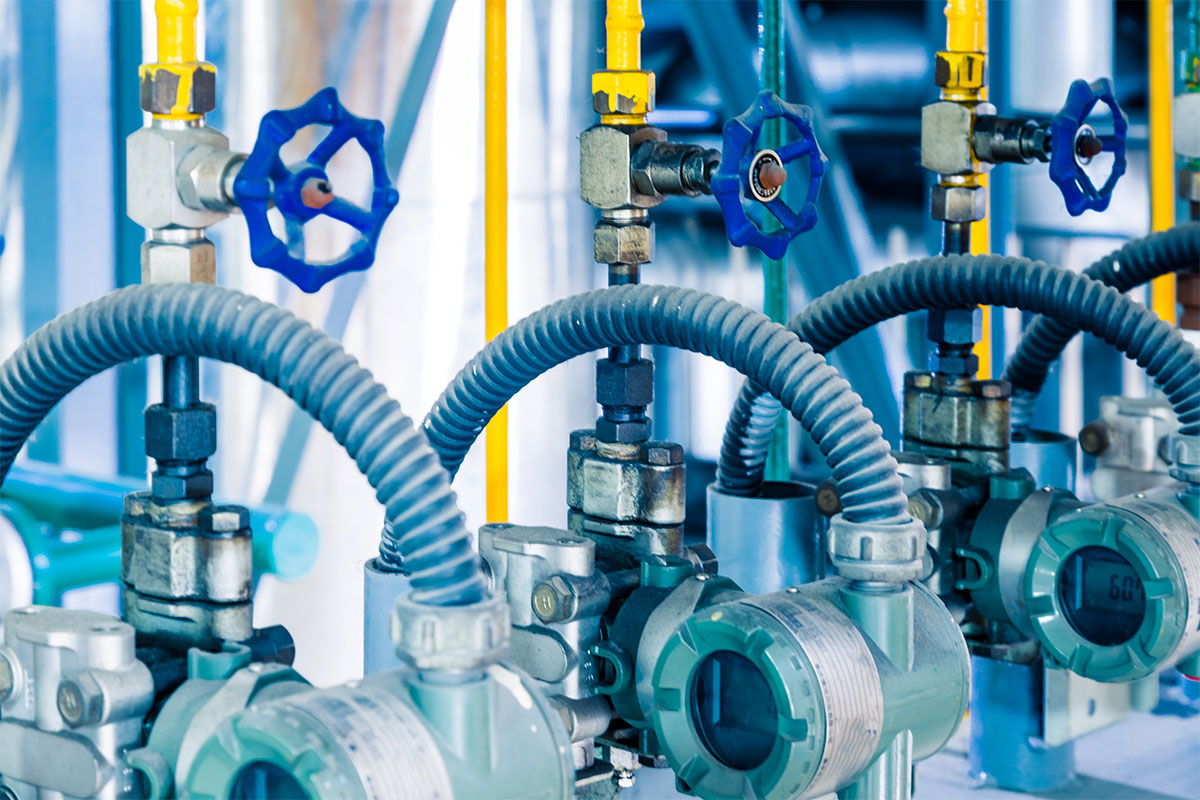
The process of handling and transporting grains is a fundamental aspect of modern agriculture. Efficient grain handling is crucial to ensure the timely collection, storage, and distribution of crops, and at the heart of this process are grain handling motors. These motors power the machinery and equipment that move grains within and between farms, elevators, and storage facilities. In this comprehensive blog, we will explore the innovations in grain-handling motors that are transforming modern farming practices and contributing to increased efficiency, reduced waste, and improved sustainability.
The Significance of Grain Handling Motors
Grain-handling motors are the workhorses of the agricultural industry, enabling the smooth flow of grains throughout the farming cycle. Their importance is multi-faceted:
- Harvesting
Grain-handling motors are essential during the harvesting phase, powering combines and harvesters that collect crops efficiently. These motors enable farmers to reap grains at the optimal time, reducing losses due to overripening or weather-related damage.
- Transportation
- Once harvested, grains need to be transported from the field to storage facilities or processing plants. Grain handling motors power conveyor belts, augers, and trailers, ensuring a seamless transition from the field to storage.
- Storage
- Grain storage facilities, including silos and bins, rely on motors to move grains within and out of storage. These motors help maintain grain quality by facilitating regular aeration and reducing the risk of spoilage or pest infestations.
- Distribution
When grains are ready for distribution to markets or processing facilities, grain handling motors play a vital role in loading and unloading trucks, railcars, and ships. Efficient distribution ensures that crops reach their destinations without delay.
Innovations in Grain Handling Motors
Recent innovations in grain handling motors have been instrumental in optimizing the entire grain handling process. These advancements are driven by the need for greater efficiency, sustainability, and cost-effectiveness in modern farming. Here are some notable innovations:
- Variable Frequency Drives (VFDs)
Variable Frequency Drives (VFDs) have revolutionized the operation of grain handling motors. VFDs allow for precise control of motor speed and power consumption, adapting to varying load demands. This results in energy savings, reduced wear and tear on motors, and the ability to fine-tune grain handling equipment for different grains and conditions.
- Energy-Efficient Motors
Energy efficiency is a top priority in agriculture. Energy-efficient grain handling motors reduce electricity consumption during the handling and transportation of grains. These motors are designed to operate at high-efficiency levels and can significantly reduce operational costs over time.
- Sensor Integration
Sensors and monitoring systems are increasingly integrated with grain handling motors. These sensors provide real-time data on factors such as motor temperature, vibration, and energy consumption. Farmers can use this information to detect potential issues early, schedule maintenance, and optimize motor performance.
- Remote Monitoring and Control
Remote monitoring and control capabilities have become standard features in modern grain handling motors. Farmers can monitor and adjust motor operations from smartphones or computers, allowing for immediate response to changing conditions or emergencies.
- Smart Automation
Smart automation technology is transforming grain handling processes. Automated conveyor systems equipped with sensors and advanced control systems can precisely manage the flow of grains, reducing spillage, and minimizing waste. Smart automation also enables predictive maintenance, improving motor reliability.
- Solar-Powered Motors
Solar-powered grain handling motors are gaining popularity in remote farming areas with limited access to the electrical grid. These motors harness energy from the sun to power grain handling equipment, reducing dependence on fossil fuels and lowering operational costs.
- Increased Durability
Grain handling motors are now designed for increased durability, capable of withstanding harsh environmental conditions. This durability extends motor lifespan and reduces maintenance needs, contributing to cost savings.
Case Study: Grain Elevator Efficiency
Let’s examine a case study to illustrate the impact of innovative grain handling motors in a grain elevator operation:
Scenario: A grain elevator facility relies on a combination of conveyor belts, bucket elevators, and augers powered by traditional motors without VFDs.
Optimization Steps: The grain elevator upgrades its grain handling motors to include VFDs, energy-efficient motors, and sensor integration. Remote monitoring and control systems are implemented, allowing operators to manage motor operations remotely.
Results:
- Energy Savings: The VFDs reduce energy consumption by 15%, resulting in significant electricity cost savings over a year.
- Operational Efficiency: Grain handling operations become more efficient due to precise control enabled by VFDs, reducing spillage and minimizing downtime.
- Maintenance Reduction: Sensor integration and remote monitoring allow for proactive maintenance scheduling, reducing unexpected motor failures and associated repair costs.
- Environmental Impact: Energy-efficient and solar-powered motors contribute to a reduction in the facility’s carbon footprint, aligning with sustainability goals.
- Labor Efficiency: Smart automation reduces the need for manual oversight, freeing up labor for other essential tasks.
- Overall Efficiency: The combined benefits of these innovations lead to a 20% improvement in the overall efficiency of the grain elevator facility.
Conclusion
Innovations in grain handling motors are reshaping the landscape of modern farming. These motors are no longer just workhorses; they are intelligent, energy-efficient, and adaptable components of a sustainable agricultural ecosystem. By embracing technology, such as Variable Frequency Drives, energy-efficient motors, and smart automation, farmers can optimize grain handling processes, reduce waste, and enhance overall efficiency.
As agriculture continues to evolve and adapt to changing demands and environmental concerns, the integration of innovative grain-handling motors is a testament to the industry’s commitment to efficiency, sustainability, and the responsible stewardship of resources. By harnessing the power of these innovations, modern farms are poised to meet the challenges of tomorrow while contributing to a more sustainable and productive agricultural future.

